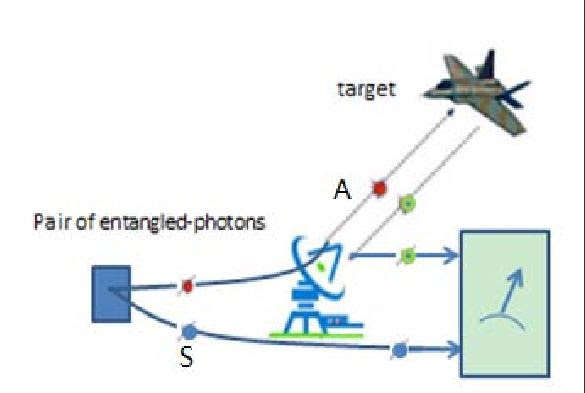
China has entered mass production of a revolutionary defense technology — an ultra-low-noise, four-channel single-photon detector, dubbed the “photon catcher.” Developed by the Quantum Information Engineering Technology Research Center in Anhui province, this breakthrough advances operational quantum radar systems capable of detecting stealth aircraft such as the F-22 Raptor and F-35 Lightning II, which conventional radar cannot track effectively.
Quantum radar leverages photon entanglement, sending one photon toward a target while retaining its entangled twin for comparison upon return. This process allows unmatched precision and makes electronic jamming or spoofing nearly impossible. China’s detector can register individual photons at ultra-low noise and cryogenic temperatures, dramatically improving sensitivity to the weak radar reflections emitted by stealth platforms.
The mass production of this technology demonstrates China’s growing independence in quantum-sensing hardware, signaling a potential disruption in global defense dynamics. If scaled, quantum radar could neutralize stealth advantages, compelling adversaries to redesign aircraft materials, coatings, and operational doctrines. The technology could extend beyond aviation to satellites, drones, and missile detection, creating an integrated multi-domain surveillance network.

However, experts caution that large-scale deployment remains technically challenging. Sustaining photon coherence, ensuring stable cryogenic operation, and managing enormous quantum data streams remain formidable obstacles.
For the U.S., India, and Europe, China’s progress underscores the urgency of investing in quantum-enabled defense systems. The “photon catcher” is more than a radar component—it marks a quantum leap in warfare, where invisibility itself may soon be obsolete.
See What’s Next in Tech With the Fast Forward Newsletter
Tweets From @varindiamag
Nothing to see here - yet
When they Tweet, their Tweets will show up here.





























